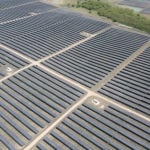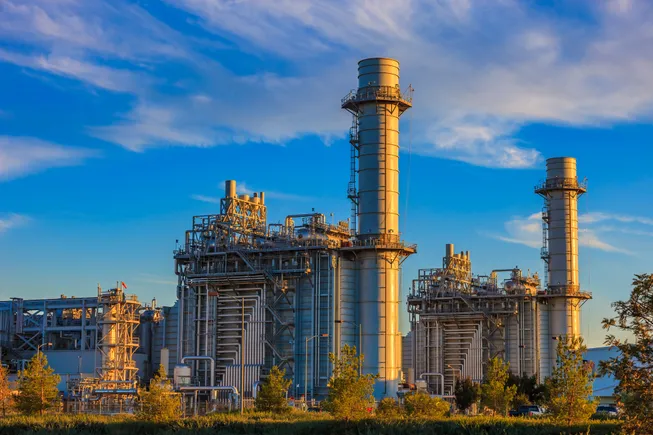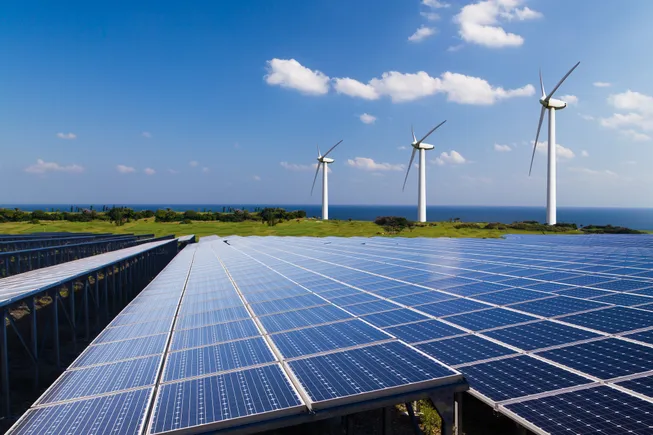Dual‐Pillar Effect in P2‐Type Na0.67Ni0.33Mn0.67O2 Through Na Site Substitution Achieve Superior Electrochemical and Air/Water Dual‐Stability as Cathode for Sodium‐Ion Batteries
Advanced Energy Materials, Volume 15, Issue 20, May 27, 2025.

A novel doping strategy is introduced, involving Cu at 2a sites to fortify the metallic layer, and Zn/Mg doping at Na sites produces a “dual-pillar” effect that boosts structural integrity and electrical cohesion, as verified by experimental and DFT results. This advanced cathode exhibits superior air/water and cycling stability under high voltage operation, coupled with significant energy density in full-cell setups.
Abstract
High-voltage phase changes limit the capacity and cycle stability of P2-type sodium-layered transition metal oxides. In this study, Cu, Zn, and Mg ions are successfully co-doped into Na0.67Ni0.33Mn0.67O2 to restrain the phase transition and increase Na+ diffusion with enhanced structural stability. In situ and ex situ evaluations elucidate the structural and charge compensation during high-voltage operation. Remarkably, the resultant Na0.76Ni0.23Cu0.07Zn0.03Mn0.62Mg0.05O2 (NNCZMMO) cathode exhibits superior rate capability (135 and 94.0 mA h g−1 at 0.1C and 5C), prolonged-cycling stability (85.4% capacity retention over 1000 cycles at 5C) and excellent air/water stability over 40 days. According to density functional theory (DFT), scanning transmisson electron microscopy (STEM), and other assessments, Cu at 2a sites strengthens the metal layer, whereas Zn/Mg on Na sites creates a “dual-pillar” effect to avoid cracks and O2 phase formation during desodiation. Impressively, NNCZMMO//hard carbon (HC) full-cell achieved an exceptional average voltage of 3.58 V and an outstanding energy density of 284.7 Wh kg−1 at 60.8 W kg−1 and 104.23 Wh kg−1 at 2439.5 W kg−1. This innovative approach enables the rapid fabrication of high-energy-density cathodes for grid-scale energy-storage usages.












































































































































